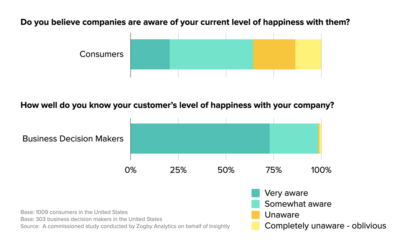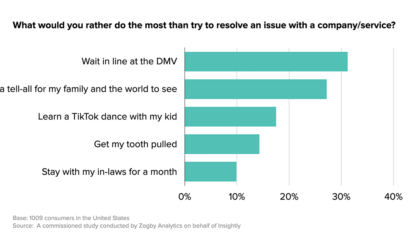Earlier this summer I flew from San Francisco to Tokyo with an upgrade from economy to business class. I was excited about my flat-bed seat and the nice snooze I’d be able to take as we crossed the Pacific. But I was even more excited about the opportunity to order the Japanese in-flight dinner, which I’d had on my last trip to Tokyo back in 2008.
The “Special meals” page on United’s website describes this option as “Traditional multi-course Japanese meals, served with steamed rice and Japanese tea.” That bland description makes United’s Japanese in-flight meal sound just like any other airline food — but my meal was so much more.
The visuals struck me first: Blue and yellow dishes popped off a bright red placemat, and six small bites sat perfectly positioned a semi-circular plate. The food itself came in hues of black, green, orange and took the shapes of circles, cubes, squiggles, and swirls. The food lived up to my eyes’ expectations: The crunch of one dish offset the softness of another, and the tastes spanned salty, sweet, and sour.
When I took my connecting flight on ANA to Hong Kong, I also ordered the Japanese dinner. This time it came with a little card explaining how ANA’s chefs sought to appeal to all five of their passengers’ senses. Of course, this philosophy and the resulting meals stem from the deep and rich culture surrounding Japanese food. But the meals also recognized one of our most basic pleasures — enjoying a fantastic meal — and acknowledged that this desire doesn’t turn off just because we’re flying on an airplane.
This isn’t just a lesson for the airlines. Any company that wants to provide an exceptional customer experience (and yes, this includes those of you in the B2B space) needs to think beyond just providing interactions that are useful and easy.
Companies need to tap into what makes their customers human — our senses and our emotions — and use that as fodder to create truly enjoyable experiences. Here’s how to start:
First, identify what’s most human about your brand. Brands aren’t human, but they take on human characteristics such as being honest, trustworthy, innovative, or healthy. Companies that create enjoyable experiences find ways to connect with customers through interactions that embody those brand personalities. For example, Zappos.com aims to be fun and just a little bit weird. An email from the online retailer about some items I recently returned said, “We wanted to let you know that your return is back safe and sound in our warehouse. That trip over the river and through the woods to grandmother’s house went smoothly.” Fun and a little weird? Yup! And what would have otherwise been a mundane email put a smile on my face.
Second, determine when it’s ok — and when it’s not — to let your brand personality shine through. The fun and slightly weird folks at Zappos.com knew to tone it down when talking about the details of the return, like how much I was refunded and how long it might take for me to see the credit applied to my account. Similarly, you need to figure out which customer interactions are best matched for which brand attributes. Common sense is a good start, but ethnographic research and user testing can help you verify your assumptions.
Keep in mind that “enjoyable” doesn’t necessarily equal “fun.” Enjoyability is really about connecting with what’s human in each of us. With that mindset and approach, all brands should strive to find ways to resonate with and support their customers’ most basic human senses and emotions.




